The Huawei Mate 8 Review
by Andrei Frumusanu on January 5, 2016 1:00 PM EST- Posted in
- Mobile
- Smartphones
- Huawei
- Cortex A72
- Kirin 950
- Mate 8
- CES 2016
Camera Still Picture Performance
The Mate 8 is equipped with a new camera module sporting a new sensor from Sony. The IMX298 is a 1/2.8” sensor with a 1.12µm pixel pitch offering resolutions of up to 16MP in 4:3 format. This marks a departure from the RGBW design that Huawei had adopted last year with the IMX258 in the P8 and Mate S. While the RGBW sensor definitely was able to demonstrate advantages in low-light photography it lacked detail compared to traditional Bayer RGBG sensors in well-lit scenarios.
| Camera Setup | ||||
| Main (Rear) | Front | |||
| Sensor | Sony IMX 298 1/2.8" 1.12µm pixel pitch |
Sony IMX179 1/3.2" 1.4µm pixel pitch |
||
| Resolution | 4608 × 3456 16MP 4:3 |
3264 × 2448 8MP 4:3 |
||
| Optics | F/2.0 aperture 27mm eq. focal length |
F/2.4 aperture 26mm eq. focal length |
||
| Stabilization | 3-axis 1.5° OIS | - | ||
For the first time we see Huawei push the sensor’s resolution up to 16MP which should theoretically allow the new module to resolve more detail compared to last year’s models as well as the Mate 7. Huawei continues to maintain a F/2.0 lens aperture with a 35mm equivalent focal length of up to 27mm, enabling a wide field-of-view.
Early software issues: A case of severe near-sightedness
When I received my Mate 8 review unit I was curious to test out Huawei’s promised improvements in camera quality, but I what I was met with were some very concerning samples that were worse than what a cheap budget smartphone could produce.
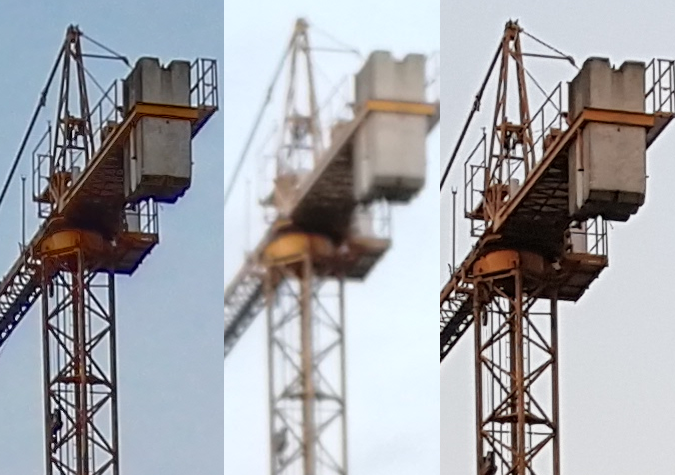
Mate S - Mate 8 B116 - Galaxy S6
The phone consistently was producing extremely blurred pictures that were far inferior to any other smartphone. At first I didn’t know what was causing this as the Mate 8 introduces both a new sensor, module as well as ISP in the Kirin 950.


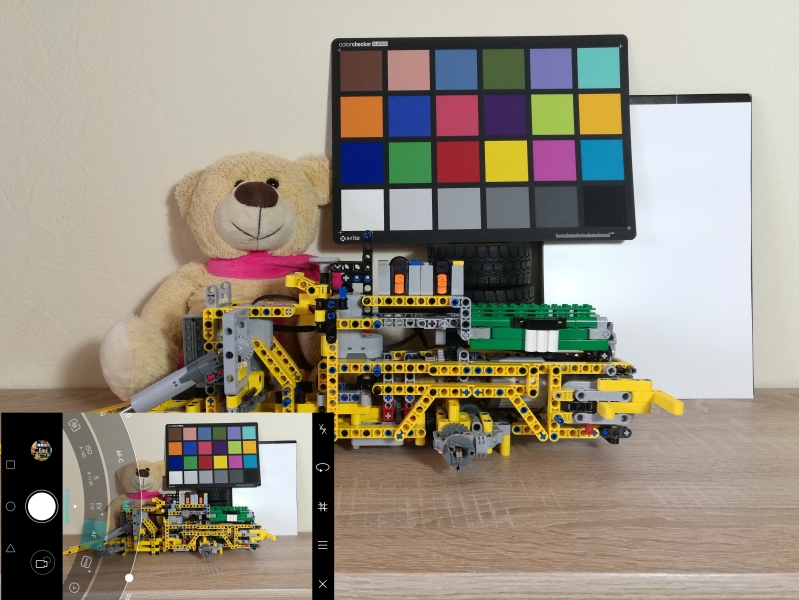
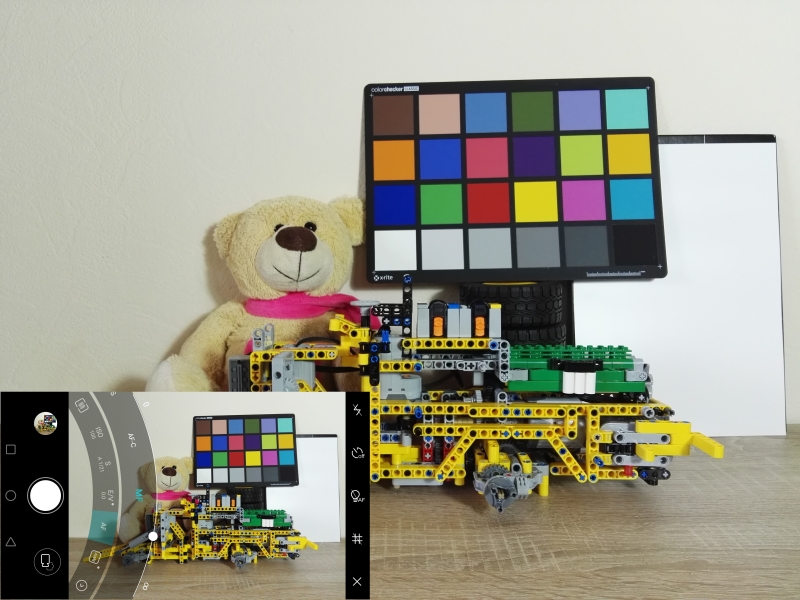

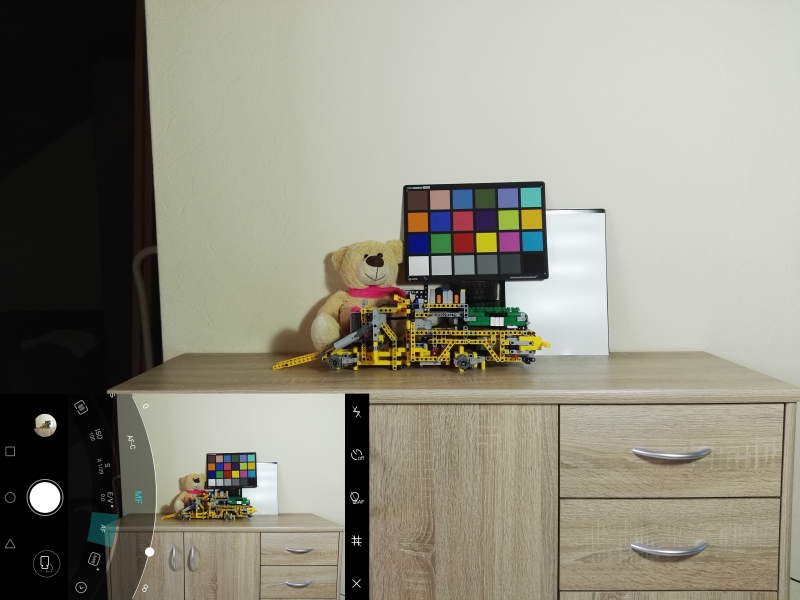
Mate 8 vs Mate S
After further testing and investigation it seems that the focus mechanism of the camera is malfunctioning. A good way to demonstrate this is to launch the camera in the phone’s “Professional” manual mode and to open up the manual focus slider UI. While focusing on objects via manual selection on the screen, one can see the focus slider adjust between its minimal and maximal focal length.
The issue seems to be that the Mate 8 in its early software isn’t able to focus correctly on objects further away than ~75cm-1m away and tries to focus to infinity in basically any shot that is not a close-up frame of an object.
Reaching out to Huawei they confirmed that this is currently a software issue and that we’ll be seeing an update pushed out in the “near future”. Unfortunately this means that I wasn’t able to complete a proper camera evaluation of the Mate 8 as basically all pictures suffer from severe blurriness and chromatic aberrations due to the out-of-focus lens.
We’ll be updating the article with a revisited camera evaluation and comparison tests against competing devices once Huawei pushes out the firmware update to resolve the focus issue.
Day-Time Photography
As such, the following samples aren’t representative of the end product but at least we’ll be able to get an idea of Huawei’s processing and exposure handling in the Mate 8.
Ignoring the lack of detailed due to the focus issue, the Mate 8’s daylight camera samples seemed to lack vibrancy, colour saturation and contrast. This was mostly caused by the HDR mode that tended to cause shots to become washed out as the SDR shots were better in terms of colour reproduction in bright light. The issue with the SDR shots however were that they consistently weren’t exposed enough.
Night-Time Photography
In night-time shots the Mate 8 fared much better and seems to offer good exposure and colour reproduction with low noise levels. Unfortunately again because of the focus issue it’s hard to give a more detailed evaluation as we continue to see blurred out photography.
Overall it’s just impossible to rate the Mate 8’s camera so we’ll have to delay the full verdict to more in-depth follow-up once Huawei updates the device’s firmware.









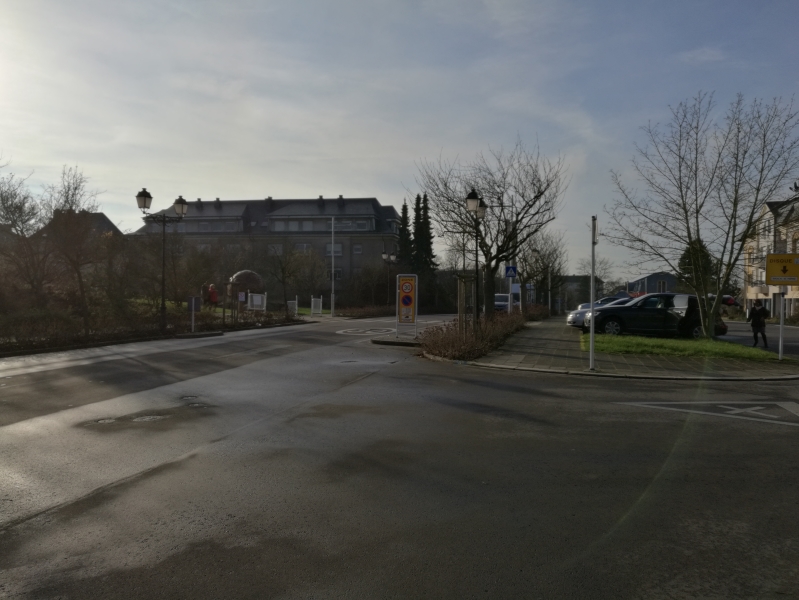












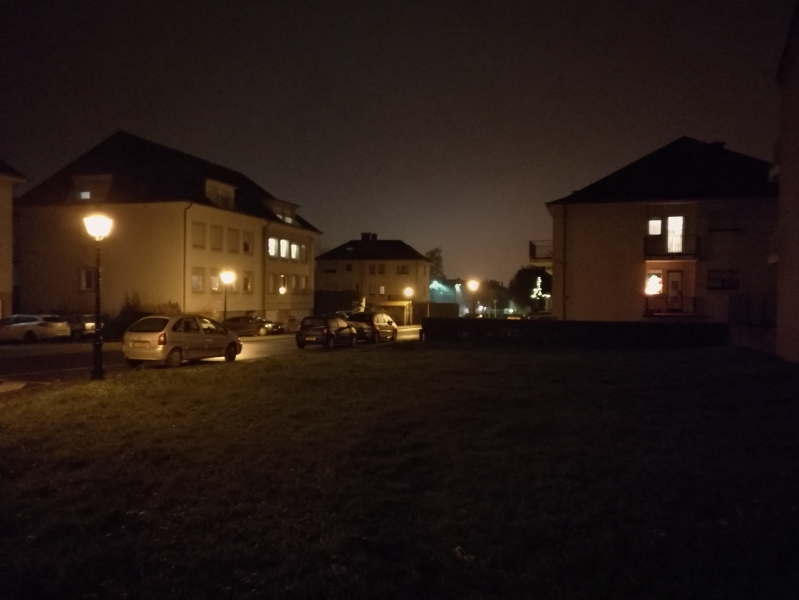
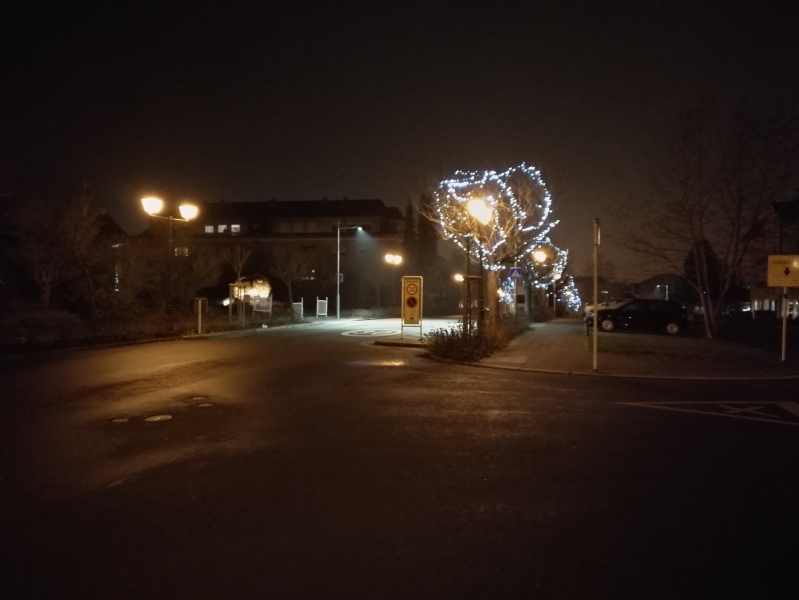














116 Comments
View All Comments
darkich - Wednesday, January 6, 2016 - link
Wow, the efficiency of the A72 seems the best out of any CPU.If I'm not mistaken, it consumes less than 50% of what the Apple Twister in iPhones needs
name99 - Wednesday, January 6, 2016 - link
Read my comments above.The SPEC numbers seem tainted and untrustworthy. I wouldn't trust them in the slightest until AnandTech (or someone else) has had a chance to validate them. In particular the vpr number still seems unlikely.
As for your efficiency of A72, I don't know where you're getting that claim from. In particular the sort of fine-grained per-core power data needed to make the determination has not been made available for iOS. The best we can do is macro-level tests like the WiFi and LTE battery life tests, and obviously iPhone does fine on those. (Which is not to denigrate ARM/TSMC/Huawei's achievement --- this does look like a very nice CPU, unlike the somewhat more problematic A57.)
Andrei Frumusanu - Wednesday, January 6, 2016 - link
I made sure all the tests passed validation so the scores should be correct this time around.fackamato - Wednesday, January 6, 2016 - link
Disappointed to not see the OnePlus 2 in the benchmarks, seeing as it's a dual SIM phone as well.zeeBomb - Wednesday, January 6, 2016 - link
Well damn. I should have woke up early to read this review.kadeep - Wednesday, January 6, 2016 - link
Iphones appear in charts only when they are ahead lolEthos Evoss - Wednesday, January 6, 2016 - link
What smartphone sites and reviewers doing wrong is comparing two completely different systems which is VERY WRONG and misleading to the ppl on internet !!!It is simply inapplicable ! If Apple would manufacture their iphone with android system then their pone wouldn't even start .. ! And it would be MEGA slow But IF iOS for iphone would be on an android (latest) device , you would not even realize when the phone iOS booted to home screen..
That is the FACT ! The main reason is that android is and true operating system where are 5x more processes than on poor simple iOS which is just the ''shell'' system.. there are no many processes in background as on android system.. android is linux which is VERY VERY similar to Desktop PC linux.. AND THAT is WHY Apple DENIED put iphone's iOS onto MACs or MacBook PROs or OSX onto iphones !!
There is ''behind the scenes'' big game around and about this ''secret'' Apple's software but unfort. many ppl HAS NO IDEA unfortunately ! ..
TheinsanegamerN - Wednesday, January 6, 2016 - link
You appear to have misplaced your tinfoil hat. There is no reason android wouldn't run on an iPhone if Apple decided to do that. Literally no reason. It also wouldn't be MEGA slow, since the a9 is one of the finest SoCs ever made. The rest of your post appears to be uninformed dribble and garbage.Ethos Evoss - Wednesday, January 6, 2016 - link
OK u unknowledged person I won't be even bothering with you .. who DOESN'T understands the reality which is in the world.. A9 finest ? pleease .. you are so stupid bcos u believe media and advertise marketing.. and maybe fake benchmarks when it comes to iphone .. such common person you are.. live you in your dreams.. ;)osxandwindows - Wednesday, January 6, 2016 - link
Well, since you claim that the tests for the a9 are fake, you mind sharing tests of your own?